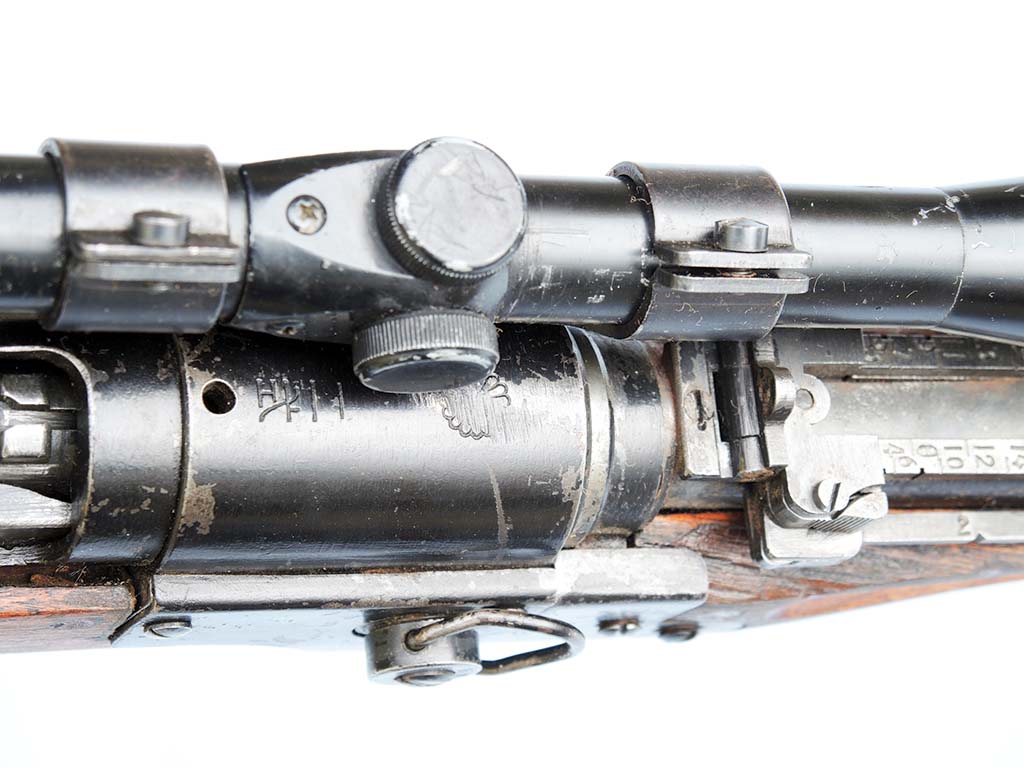By Kyle Shea –

In 1854, Japan was forced to end its centuries old isolation by Commodore Matthew Perry and open its doors to the modern world. After a brief civil war, Japan went into a period of mass modernization. Seeing the powers of Europe expanding and conquering less powerful nations, the leaders of Japan decided that they needed to be aggressive as well. They first defeated China in the First Sino-Japanese War, gaining Korea and Taiwan. They then shocked the world by defeating Russia in 1905. During World War I they sided with the Allies and took Germany’s territories in the Pacific and China.
In 1931, Japan invaded Manchuria and added it to their ever growing empire. Many historians argue that this is when World War II really began. Six years later, they declared war on China and launched a campaign that would go down in history as one of the most brutal wars ever. Atrocities committed by Japanese soldiers are still remembered by all the nations that fought them. During the conflict, Japan conquered French Indochina. In retaliation to these actions, the United States put an oil embargo on Japan. In retaliation Japan attacked the American Navy at Pearl Harbor, “awakening the sleeping giant.” Japan managed to conquer Hong Kong, Malaya, Singapore, the Philippines and a large number of islands in the Pacific until the Americans crippled the Japanese navy at Midway. The Americans and their allies then proceeded to drive the Japanese back to their homeland and force them to surrender with the help of the atomic bombs dropped on Hiroshima and Nagasaki.
The weapon of choice for the Japanese army was the Arisaka Rifle. Designed by Colonel Arisaka Nariakira, the rifle first saw service during the Boxer Rebellion in the form of the Type 30 rifle. However, there were a number of problems with rifles, including jamming and bursting cartridges. So in 1906, the Type 38 was introduced. It was an improvement and over three million rifles were made, but there were still problems. The ammunition, 6.5x50mmSR Arisaka, was not good at long ranges, so Japan introduced the Type 99 in 1939. This rifle shot 7.7x58mm, a caliber of ammunition that was also used by the Type 92 Machine Gun but not interchangeable. All these rifles would see service during World War II in China and the Pacific region.

In the movie “Dirty Harry,” the villain Scorpio uses an Arisaka Type 2 Paratrooper Takedown rifle to shoot random people. This rifle was one of three guns that were submitted for the paratroopers. The first two, the Type 100 and the Type 1, had five hundred of each made, but the Type 2 was more successful, with over nineteen thousand made. It was modeled after the Arisaka Type 99. To take apart, you have to pull a bolt on the side of the gun out and pull them apart. To put the gun back together, just keep the bolt out of the way and put the barrel back in, then put the bolt back inside. It shoots 7.7x58mm from a 5 round internal magazine. It weighs about nine pounds and when put together it is about three and a half feet long. The gun originally had dust covers to cover the bolts, but they were seen as a hindrance by the soldiers and they usually threw the covers away.
Many of the Japanese guns of World War II have the 16 petal chrysanthemum either crossed out or grounded off. This was because all guns of Imperial Japan were property of the Emperor and the majority of soldiers saw surrendering the guns as a disgrace. Many American soldiers ground the “Mum” off as well. The gun from the movie has the chrysanthemum on it, making it somewhat rare. The gun from the movie has also been sporterized, with the wooden buttstock replace with one of a hunting rifle.
As mentioned in the previous article, the movie “Dirty Harry” is a great film. The Arisaka Rifle, however, can be seen in other films. “Sands of Iwo Jima” is a good movie where you can see the few Japanese soldiers in the film carrying the Arisaka Type 99. The same rifle could be seen in the film “Windtalkers,” though this movie was not as good as the older film. Other movies where the rifle is present is “Empire of the Sun,” “The Thin Red Line,” “The Great Raid,” and any film based in the Pacific Theater of World War II.
| This article first appeared in Small Arms Review V25N3 (March 2021) |












